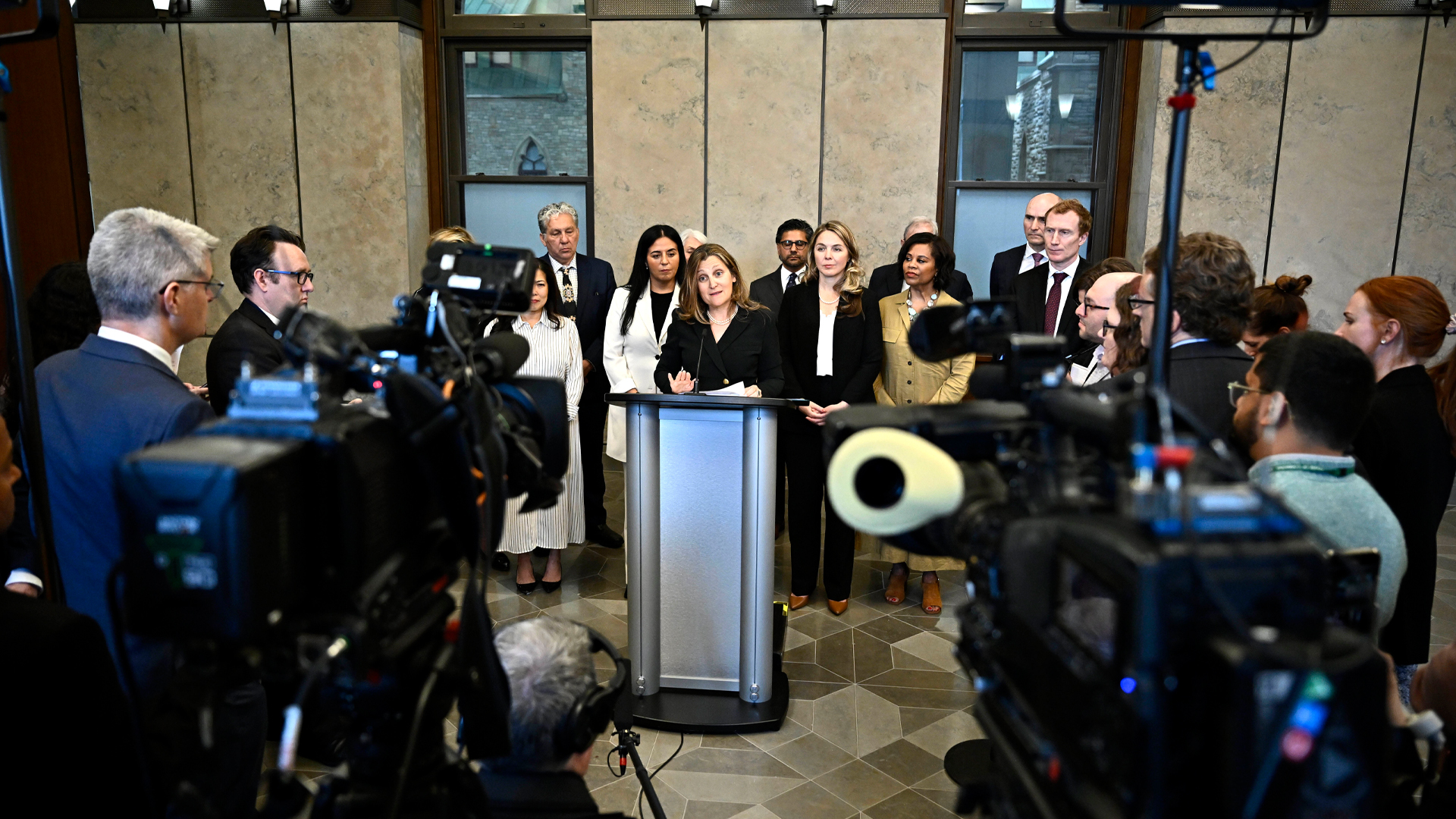
Ontario’s government recently announced a slew of policy changes that would
- Reduce tuition fees in Ontario’s colleges and universities by 10 percent
- Reduce grant aid and increase loan aid provided through the Ontario Student Aid Program (OSAP) for all students, including those of the lowest-income students
- Reduce the parental income threshold at which students would be eligible for OSAP grants
- Hold baseline funding to colleges and universities roughly fixed.
The changes are intended to improve affordability of post-secondary education and to better target OSAP payments to low-income students while cutting OSAP spending, in line with recommendations from a 2018 Auditor General of Ontario report.
But the benefits to Ontario’s budget balance will come mostly at a cost to university budgets and to low- and middle-income post-secondary students. Post-secondary education will be more affordable for kids from rich families, and it is likely to be less affordable for kids from low- to middle-income families. And interestingly, the federal government comes out a winner.
How does this work?
First, the government puts the tuition-fee savings for a “typical” undergraduate student at $660. Students end up better off by $660, on average, but universities get $660 less in tuition fees. Since the Ontario government is not planning to increase its own funding to universities to make up the difference, this means that university (and college) budgets are going to be under pressure.
But fees have fallen, so post-secondary education gets more affordable for students, at no cost to taxpayers, right? Well, not quite. Other federal and provincial programs complicate the calculation.
The first complication is the federal tuition tax credit. For every dollar spent on tuition fees, students get 15 cents back on their taxes. If tuition fees fall by $660, then the tax credit will fall by $99, so that, really, the saving to students is only $561. This change affects all students, regardless of their parents’ incomes. It also means that the federal government saves $99 for each “typical” university student. For students whose incomes are high enough that they don’t qualify for financial aid, that is the only change – post-secondary education is definitely more affordable for them.
But there are other changes for those from low- to middle-income families. First, lower tuition fees mean that assessed financial need falls, which reduces financial aid. This will save both the federal government and the Ontario government some money. These savings, though, come mainly because the governments will be giving less money to middle-income students (who get less in subsidized loans) and to low-income students (who get less in nonrepayable grants).
On top of that, the Ontario government’s changes to the OSAP program further cut aid to low- and middle-income students. Reducing grant aid for all students will mostly mean that lower-income students pay higher net tuition fees than they would have otherwise. (Net tuition fees reflect the cost after grants are factored in.) And lowering the family-income threshold at which students no longer receive OSAP grants will reduce aid to middle-income students.
Does this meet the goals of increasing affordability and improving targeting of the OSAP program? Well, not really. The proportion of total OSAP spending going to lower-income students might increase, making it appear that the program is better targeted at low-income students. But this misses the broader point. The cuts to tuition fees mean that post-secondary education becomes more affordable for higher-income students, but once the cuts to OSAP are taken into account, many low- and middle-income students could find their education is less affordable.
The OSAP aid estimator gives a rough guide to how much of the tuition fees come out students’ pockets, net of Ontario’s grants and the federal tuition tax credit, under the 2018-19 and 2019-20 tuition-fee and student-aid policies. It is useful for showing the example in the figure of an only child who just graduated from high school and is living away from home while studying, with no other special circumstances (figure 1).
As expected, the figure shows that the biggest winners from the changes are students with higher family incomes, above around $130,000 in this example. They get the cut in tuition fees, which makes them $561 better off after the tuition tax credit is taken into account. But the aid estimator suggests that a student whose family income is $100,000 will be $2,200 worse off under the 2019-20 policies. Indeed, most low- and middle-income students in this scenario end up paying more for their education in 2019-20 than they would have in 2018‑19.
Do the changes meet the goal of cutting the Ontario government’s spending? The answer here is, yes. OSAP’s spending will fall, both automatically, due to the tuition fee cuts, and due to program cuts. The 2019 Ontario budget reports savings of “at least $325 million” from the changes to OSAP (although this includes some other changes we don’t consider here, including increasing the number of years out of high school required before students are considered independent of their parents, which will reduce financial aid going to students from higher-income families who are in their 5th or 6th year of post-secondary education). Again, though, most of the savings are likely coming at the expense of low- to middle-income students.
Another winner from the changes is the federal government. As we noted earlier, because tuition fees have been cut, Ottawa pays less in tuition tax credits and student loans to Ontario students. Taking into account the number of domestic university and college students in Ontario, the federal government will likely save a little over $60 million in tax credit expenditures. This means that the federal government will be putting less money into the Ontario post-secondary education system than it did before.
The Ontario government could have designed a set of policies that would keep that money in the province, while leaving everything else the same. Suppose it were to make the same OSAP changes, but leave tuition fees at their 2018-19 levels and cut grants to universities by an average of $660 per student. Then, to help affordability, it could give all students a refundable tuition fee tax credit so that at the current Ontario tax credit rate, “typical” students would get back $561 on their taxes. This set of policies would leave students and universities in pretty much the same place financially as they will be after the 2019 Ontario changes. But, instead of the federal government saving $99 per student on the tuition tax credit, that money would go into the Ontario budget.
These policies would also be a bad idea. But they do make it clear that despite the claim of greater affordability, the combination of cutting tuition fees and OSAP makes post-secondary education more affordable for higher-income students, but less affordable for many low- to middle-income students. Any savings to the Ontario budget come from the pockets of low- to middle-income students and from university budgets. And less federal money will be coming into Ontario to support university and college students.
If Ontario’s budget is about protecting what matters the most, this suggests that what matters the most in the post-secondary education world is the budgets of post-secondary students with high family incomes, and…the federal government.
Photo: Shutterstock by Bing Wen.
Do you have something to say about the article you just read? Be part of the Policy Options discussion, and send in your own submission. Here is a link on how to do it. | Souhaitez-vous réagir à cet article ? Joignez-vous aux débats d’Options politiques et soumettez-nous votre texte en suivant ces directives.








